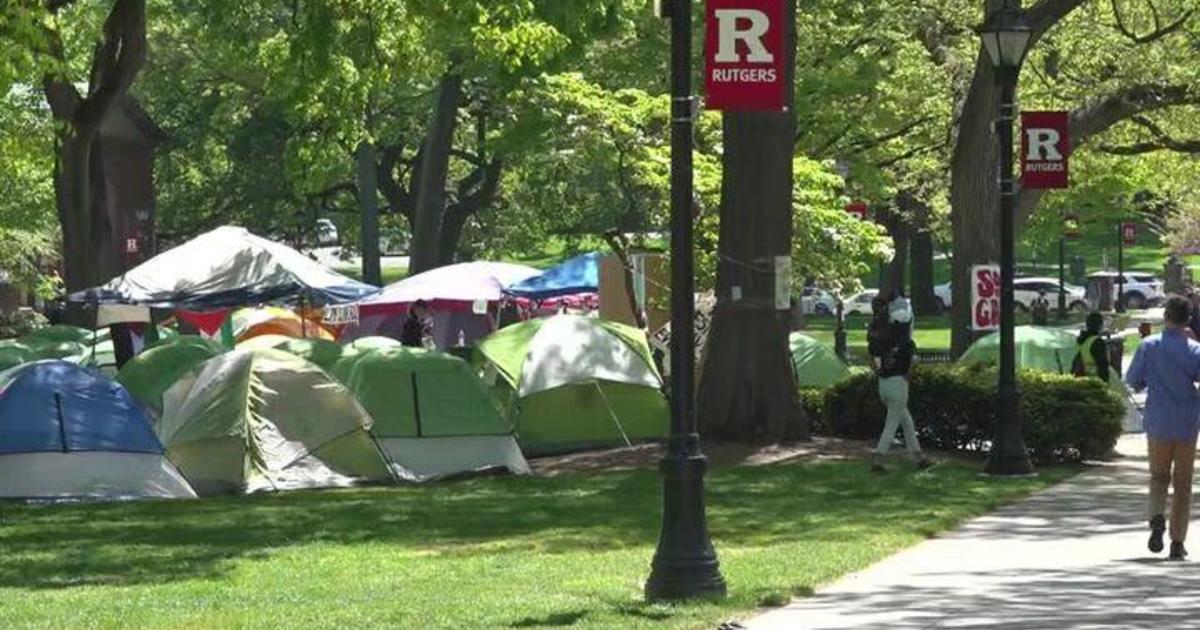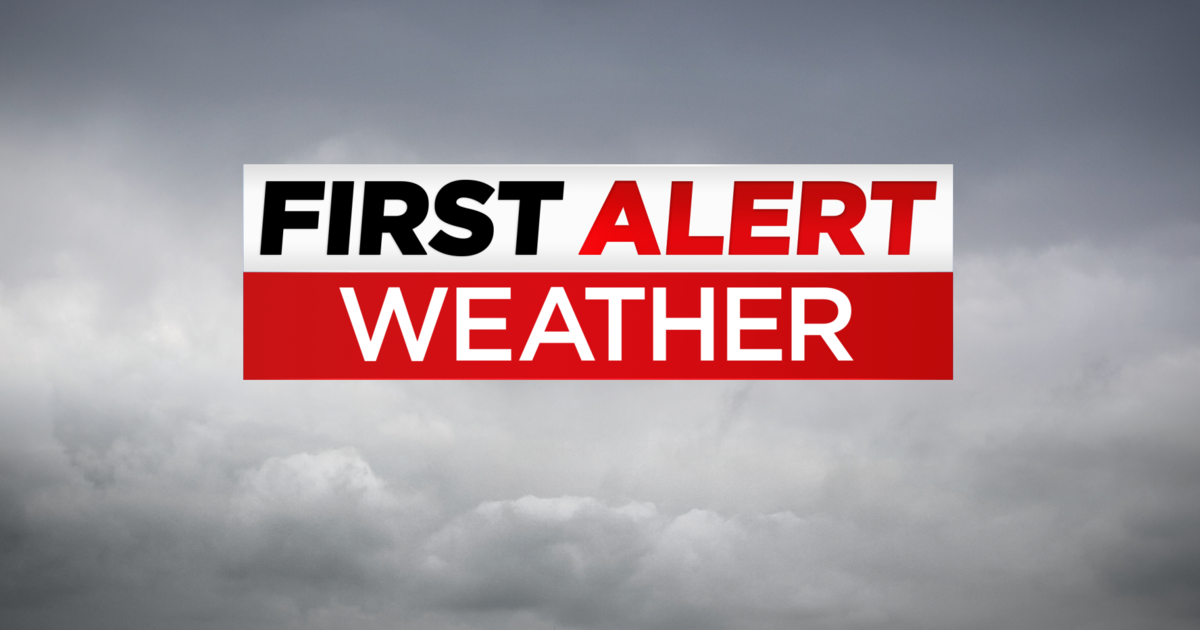Is it going to be a bad winter? Scientists weigh in on what to expect in the Tri-State Area
NEW YORK -- Without fail, October rolls around and this question gets asked of our CBS2 News First Alert Weather Team: "Is it going to be a bad winter?"
CBS2 meteorologist Vanessa Murdock spoke with three scientists whose research focuses on answering that question.
"If I had to put my head on the block for the tri-state area, it looks as though the next few months will be a bit warmer than normal and a bit drier than normal," said Simon Mason, senior research scientist at Columbia University.
Mason explains the driving force behind our winter weather is the El Niño Southern Oscillation, or ENSO. It's a climate pattern in the Pacific Ocean where water temperatures on the west coast of South America warm or cool. El Niño is when water temperatures are warmer than normal.
"This ultimately leads to sort of a pattern that favors, in our region, it tends to favor fewer nor'easters," said Brian Colle, professor of atmospheric science at Stony Brook University.
When water temperatures run below normal, that's La Niña. For the third winter in a row, La Niña will drive the forecast.
Colle says La Niña favors average to below-average snowfall and storms system rolling our way from Canada. Alberta Clippers move through quickly and drop a little snow.
"It's looking, in my view, more like a normal type of winter," Colle said.
However, a La Niña-based forecast can get pre-empted when other atmospheric circulations act up, like the polar vortex, a large area of low pressure that sits over the North Pole. When it weakens, arctic air spills south and our weather pattern changes.
"That's actually what happened last winter. We probably would have had an average or below-average snowfall," Colle said.
But the polar vortex broke down.
"We ended up with that 1- to 2-foot snowfall in late January," Colle said.
Judah Cohen, with Verisk, uses Siberian snow cover to generate his winter forecast. He believes the extent of Siberian snow cover affects the strength of the Polar Vortex.
"The more snow in Siberia, the weaker the winds tend to be," he said. "If you have a more disrupted or weaker polar vortex, the chances of a cold air outbreak, a big snow storm greatly increase."
Cohen typically releases his snowfall projection in early November but offers this early outlook, which could change significantly over the next few weeks. Cohen's forecast -- 21.5 inches of snow in Central Park.
Taking all this into consideration, expect a warmer than normal winter, which would limit snowfall potential. Seasonal snowfall will likely fall between 21.5 inches and the average of 29.8 inches.




